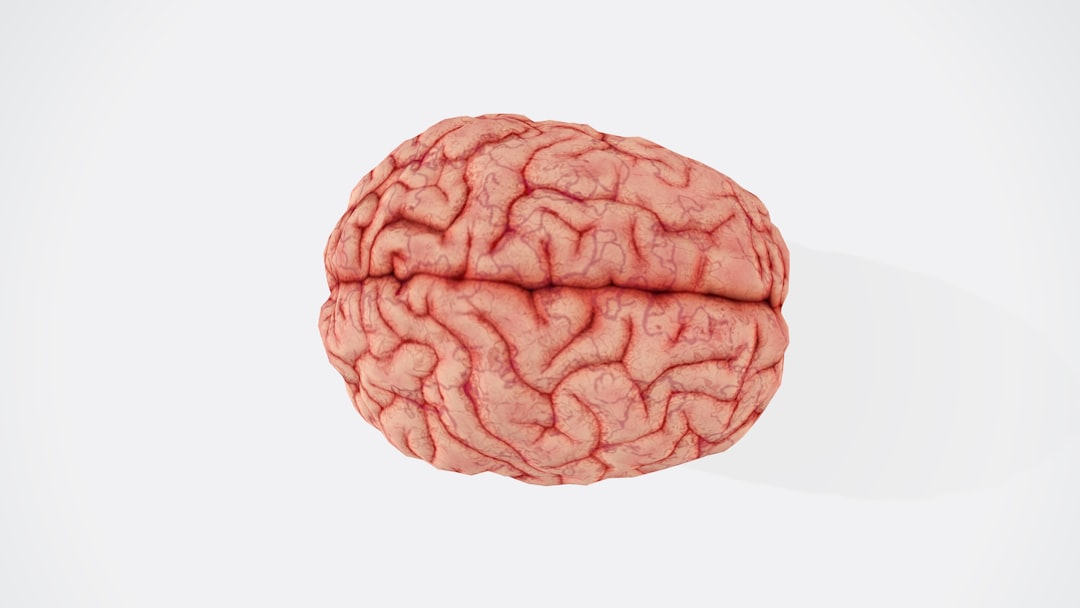
Both Ketamine Therapy and Electroconvulsive Therapy (ECT) are considered helpful for individuals struggling with treatment-resistant mental health conditions. Here are the differences and similarities of the two treatments, to better understand them.
Ketamine Therapy
Ketamine Therapy is an evidence-based treatment that can provide symptom reduction to individuals struggling with treatment-resistant depression (TRD) and major depressive disorder (MDD). Ketamine treatmentscan also help provide comfort and relief from conditions such as:
- Anxiety
- Post-traumatic stress disorder (PTSD)
- Obsessive-compulsive disorder (OCD)
- Eating disorders
- Chronic pain and headaches
- Substance use disorders
- Hospice and palliative care needs
- Personal growth and healing from trauma
Different Ketamine Therapy Services
Various Ketamine Therapy services are available, depending on the patient’s needs and therapeutic goals. The level of guidance and method of administration used can drastically impact the efficiency of the treatment. The services available include:
Guided Ketamine Therapy: For individuals seeking a one-on-one private therapy with extended preparation and integration phases led by a Guide of choice. Ketamine is administered intramuscularly (IM) by injecting it into the large muscle of the shoulder.
Semi-Guided Ketamine Therapy: For individuals seeking a balanced experience with limited preparation and integration phases, led by a trusted Guide. Ketamine is administered intramuscularly (IM) or intravenously (IV) in a private setting.
IV Ketamine Infusions: A ketamine treatment administered intravenously (IV), with similar elements of Semi-Guided Therapy.
Couples Ketamine Therapy: For couples who want to heal their shared or individual mental health problems, in a controlled environment that harbors vulnerability and support. Ketamine is administered intramuscularly (IM) by injecting it into the large muscle of the shoulder.
Group Ketamine Therapy: For individuals who want to heal from their mental health challenges within a group of like-minded individuals with similar experiences, with up to 6 people per session. Ketamine is administered intramuscularly (IM) by injecting it into the large muscle of the shoulder.
Spravato Treatment (Esketamine): An FDA-approved nasal spray, self-administered under clinical supervision. The treatment is sprayed into the nose 2-3 times, each spaced five minutes apart.
How Ketamine Therapy Works
Ketamine is an anesthetic with dissociative properties. Racemic ketamine is the pure form of ketamine that includes arketamine (R-ketamine) and esketamine (S-ketamine). Racemic ketamine is the common form of ketamine used in most ketamine treatments, while espketamine is one of ketamine’s two stereoisomers used in Spravato Treatment.
Ketamine works by blocking the N-methyl-d-aspartate receptors (NMDA) in the brain, causing a surge of glutamate, which is responsible for cognitive functions and mood regulation. By doing so, the brain can form new connections, boosting its neuroplasticity. Reduction of negative thought patterns and boosted emotional resiliance are some of the positive results from Ketamine Therapy.
Benefits of Ketamine Therapy
One of the many benefits of Ketamine Therapy is that the treatment is conducted in a safe and supportive clinical setting, led by a compassionate team of professionals. The rapid effects of ketamine, paired with the well-structured support from your Guide, can provide fast relief from symptoms, while giving the patient the tools to heal long-term. Ketamine Therapy is available with personalized treatment plans that offer tailored care for the unique needs and goals of each patient.
When addressing Ketamine Therapy, the concept of ”Set and Setting” is just as important as the treatment itself.
The Set refers to the right mindset, which is obtained by doing grounding exercises, breathwork, and meditation, led by a Guide to prepare the patient for treatment. The Setting refers to the environment in which the treatment is conducted. True healing begins once the patient is fully comfortable and ready, that’s why creating a supportive environment is key to achieving optimal therapeutic results.
Electroconvulsive Therapy (ECT)
Electroconvulsive Therapy (ECT) is a treatment for depression that uses an electrical charge from the ECT machine to produce a seizure, which can have beneficial effects on those struggling with severe depression symptoms and treatment-resistant depression. During the Electroconvulsive Therapy (ECT),the patients are unaware of the seizure due to anesthesia and muscle relaxants.
How Electroconvulsive Therapy (ECT) works
After the patient is in a total dissociated state from the anesthetic and muscle relaxants, Electroconvulsive Therapy (ECT) is conducted by a clinical professional. It works by using an ECT machine to deliver an electrical stimulus to induce a brief seizure. The patient is under strict medical observation during and after the procedure to minimize risks and prevent possible injuries from the seizure.
The electrical charge targets the whole brain, promoting neuroplasticity and causing it to ”rewire” for better mood regulation. The effects are not immediate, but they are typically noticeable after a few sessions.
Benefits of Electro-Convulsive Therapy (ECT)
Finding an adequate treatment can be difficult for patients with major depressive disorder (MDD) or treatment-resistant depression (TRD), many turning to ECT as their ”last resort” to experience relief. The treatment offers rapid depression symptom relief, and it’s considered to be highly effective in alleviating the stubborn symptoms that won’t go away with traditional antidepressants.
Ketamine Therapy vs ECT Comparison
Ketamine Therapy and Electroconvulsive Therapy (ECT) offer rapid relief from depression, compared to traditional antidepressants, which usually take longer to cause significant improvement. Both treatments are used for reducing severe symptoms of depression, especially in individuals struggling with treatment-resistant depression (TRD), but they have vastly different approaches and mechanisms of action.
Comparing their similarities and differences is the best way to understand both treatments:
| Treatment Type | Ketamine Therapy | Electroconvulsive Therapy |
| Onset of Effects | Within hours or days of the session | Typically, after a few sessions |
| Duration of Session | Two to three hours | One to two hours |
| Duration of Treatment | Six weeks (for IM, IV), twice a week for four weeks, then once a week for four weeks, followed by maintenance treatments. (for Spravato) | Three to four weeks |
| Side Effects | Nausea, high blood pressure, lightheadedness, headaches | Confusion, headaches, high blood pressure, and memory loss |
Ketamine Therapy Treatment Protocol
Ketamine Therapy is conducted in a clinical setting, by a team of professionals following a strict protocol that includes:
- Medical Assessment: Patients undergo a thorough medical and psychiatric evaluation.
- Personalized Treatment Plan: Treatment plans are tailored to the unique needs and goals of each patient.
- Preparation Phase: Setting intentions, doing breathwork, and meditations led by a trusted Guide.
- Medication Phase: The treatment is conducted in a clinical setting under strict medical supervision.
- Integration Phase: Patients receive emotional reassurance, clarity, and grounding after the session, which promotes integration of the therapeutic insights.
- Maintenance and Follow-up care: Additional sessions and follow-up support are available for all patients who need them for long-term healing.

Electroconvulsive Therapy (ECT) Treatment Protocol
Electroconvulsive Therapy (ECT) is a complex treatment. conducted under strict medical rules. To better understand ECT, here is a step-by-step guide to the treatment:
- Medical Assessment: Patients undergo a medical evaluation, which includes medical and psychiatric history, various exams, and tests to ensure the safety and efficacy of the treatment.
- Personalized Treatment Plan: For optimal results, the dose, settings, frequency, and duration of the treatment are tailored to support the needs and goals of each patient.
- Preparation: Pre-procedure check-up and observation, inserting an IV line for general anesthesia and a muscle relaxant.
- Procedure: Electrocardiogram (ECG) and electroencephalograph (EEG) are used to monitor the patient’s state, while electrode pads are used to deliver an electrical charge to induce a seizure.
- Monitoring and Follow-up care: To achieve optimal results, patients are monitored post-procedure and are offered additional support.
Finding the right treatment is a challenging task, but it’s not an impossible one. Learn more about Ketamine Therapy at Kadelyx Health, and see how the treatment can support your therapeutic goals.
You might also be interested in reading about:






